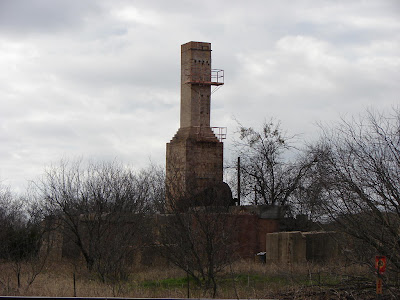"Nigger".. There, I've said it out loud. Try saying it yourself, in front of your children if you want to. A vile word at the least, but still a word in our language that should not be emasculated or softened in any way. "Nigger" is a word that everyone should know, that everyone should understand what its true meanings are, and what it stands for. In addition, it should be used as necessary in conversation and in any kind of publication.
To substitute or redact this explicit word in any form is simply unacceptable since it sets an historic context that cannot be delivered in any other way. Simply put,
Huckleberry Finn becomes pablum when the word "nigger" is removed.
The use of slimy euphemisms like "The N-word" has been promulgated by so-called "family publications" and the FCC among others in order to somehow protect "innocents" from being stricken through their ears or eyeballs. As if those innocents are not exposed to the reality of everyday language from their earliest days and manage to somehow survive without visible damage.
What is important when using a word like "nigger" is that it is made very clear that this word implies not only a deep racial bias, but the suggestion that the person is without character of any kind. As a man that grew up in times of segregation I have always been aware that from almost its beginning, the word "nigger" was used as a racial epithet but also was used indiscriminately as a word for the utterly worthless. Vile in any context.
While "nigger" is used jokingly or sarcastically between certain groups of black individuals, that doesn't lessen its nastiness. But being nasty doesn't mean that the word should be censored in any way. It's just a word. What it means is what is important. Everyone from the earliest age should be made aware of how bad it is, and that if they use it meanly, they diminish themselves rather than the subject.
I will tell you that if someone were to call me an "N-word" instead of a "nigger" jokingly or not it would make no difference. In either case, retaliation would be instant.

















